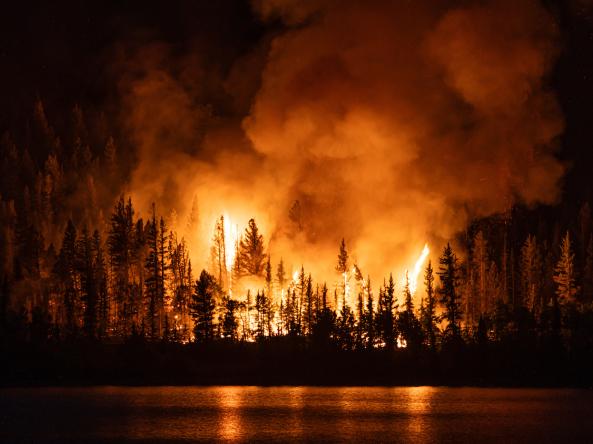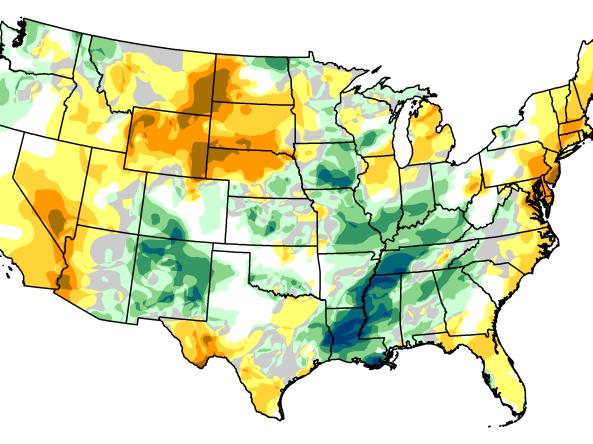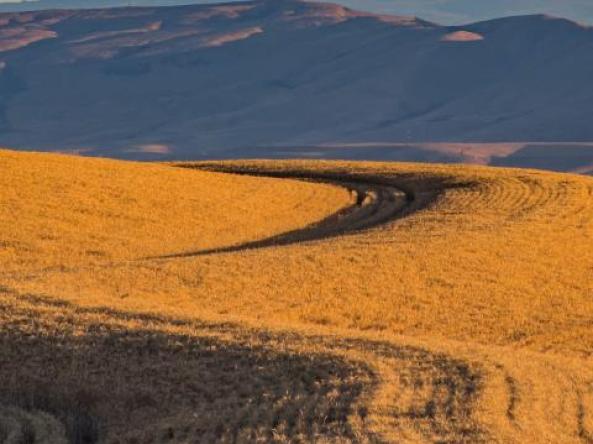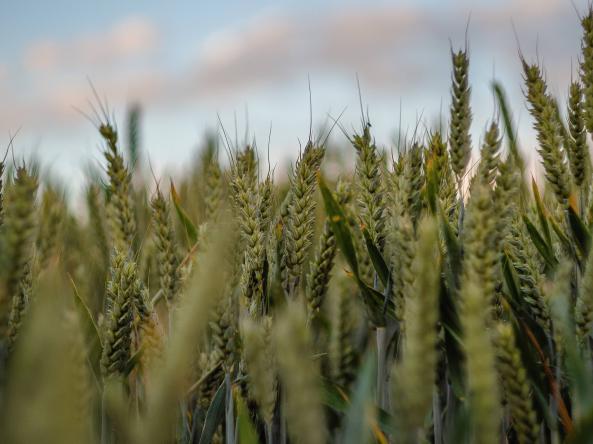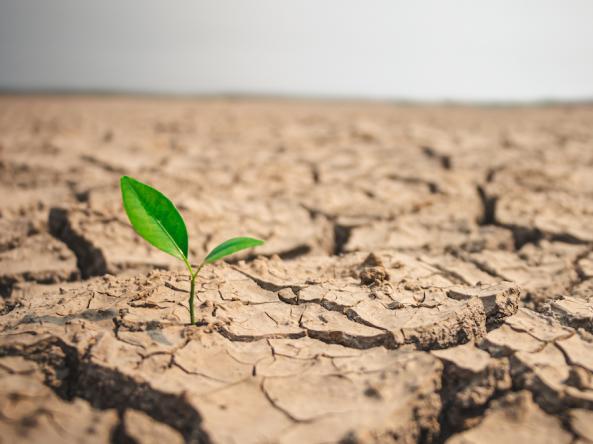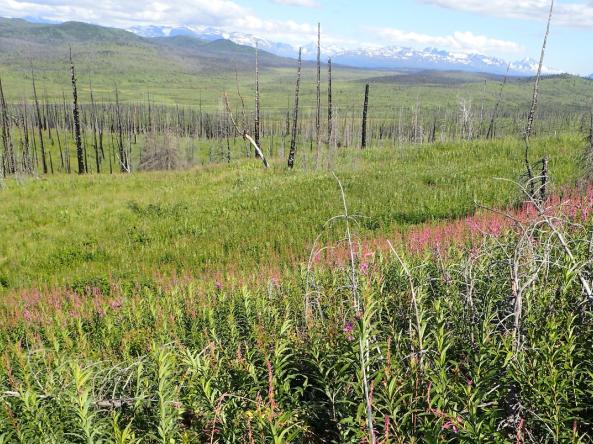These webinars provide the region's stakeholders and interested parties with timely information on current and developing drought conditions, as well as climatic events like El Niño and La Niña. Speakers also discuss the impacts of these conditions on things such as wildfires, floods, disruption to water supply and ecosystems, as well as impacts to affected industries like agriculture, tourism, and public health.
For more information, please contact Jason Gerlich (jason.gerlich@noaa.gov).
These webinars provide the region's stakeholders and interested parties with timely information on current and developing drought conditions, as well as climatic events like El Niño and La Niña. Speakers also discuss the impacts of these conditions on things such as wildfires, floods, disruption to water supply and ecosystems, as well as impacts to affected industries like agriculture, tourism, and public health.
For more information, please contact Jason Gerlich (jason.gerlich@noaa.gov).
This special drought webinar provided drought information and resources for West Virginia and Ohio, as well as surrounding states in the Midwest and Mid-Atlantic. Topics included the history and evolution of the ongoing drought; current conditions and outlooks for Fall 2024; wildfire risk updates; and ecological impacts as well as impacts across sectors from agriculture to water supply to public health.
This webinar will explore how climate change is altering aquatic flows in streams and rivers across the country. Implications of how the nexus of climate and aquatic flows may impact aquatic ecosystem management will also be discussed.
Introducing ecological drought as a scientific concept distinct from other definitions of drought, this webinar explores recent advances on the topic, including transformational drought, drought vulnerabilities, and understanding the future of low-flows.


